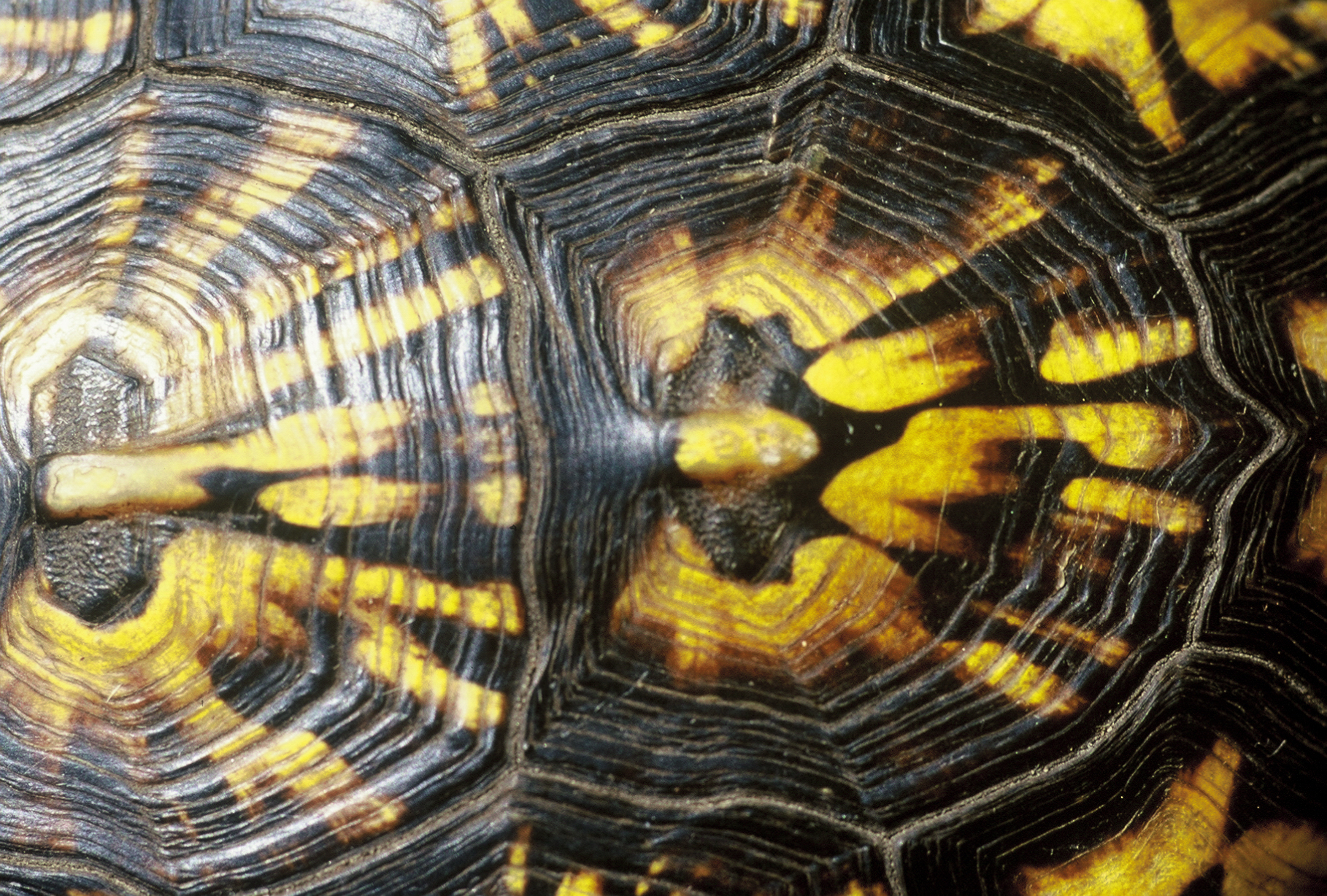



Fastigiate and columnar oaks represent a large number of hybrid and species oaks that individuals have found over the years that represent a form that produce only small amounts of lateral branches that rarely develop beyond a few feet from the central trunk. Originally the english oak was the main source of this unique germplasm and eventually hybrids of it and many seedlings later, several were named and cloned and others were grown from seed. At my farm, I discovered many of these from the hybrid oaks I was growing as well as species like bur and schuettes oaks. Personally I avoided all of the fastigiate oaks found in the parks and landscapes in my area because they were incredibly short lived and weak growing often succumbing to borers and mildew within 10 years. Eventually I found several very good forms with strong growth habit and clean foliage. I also found one plant that barely is five feet across yet is now over 50 ft. tall. How is that possible? Easy. A plant like this needs to be both incredibly vigorous and at the same time develop strong caliper. Once during a very heavy ice storm when fully leafed several of these bent to the ground. What were trees 40 ft. tall were now only 10 ft. tall. After the ice melted, nothing happened. There was no cracks or limb breakage and the tree continued on its linear journey upward. This is the best of those selections.
Columnar oaks a much needed means to slow wind speed as well as not shading crops or interfering with their root systems. The acorns could be a secondary crop as well for livestock or human food. The tall growth habit also allows other perennial shrub crops to be grown underneath as well as make it possible to limb up the trees so you can easily work underneath them. "Columnars" are not a tree you would think of as a source of wood, however the wood quality is a possibility and some selection work would make it possible to have timber, acorn and windbreak tree all woven into one. Normally fastigiate trees are low in yield. But some are very high but it is uncommon. Some of our trees have large production and are biennial in bearing. This is a possibility that needs to be addressed and cloned using acorn grafting or other simple grafting techniques to reproduce true. Further selection could be done by larger grow outs as well so
Varietals Include:
'Exclamation Point' Strong dense form of columnar oak with a large caliper trunk which develops in a short period of time. Again, insanely vigorous yet not to the point of flopping over. This variety has very good yield of acorns and was selected from a swamp white oak and English oak cross over two generations. Like others in its class, completely free of mildew and borers. Likely could be used from seed and trees nearby are also of the same genetic background leading to even strong fastigiate trees without the weaker English oak backcrosses. This is one the best for acorn production and could easily be used as is for edible acorns as well as windbreak and wood tree.
'Pencil Pusher' Strong upright tree with almost no lateral branching. Even the side branching grows upward leaving the tree that casts little shade reaching about 5 ft. across and 50 ft. tall. There are few acorns with this selection but the caliper of the tree is very good to the point even an ice storm that weighed it over did not damage or crack the trunk. What a remarkable tree!!! This was found as a form of burenglish and live oak called turbinella. The seedling tree has strong growth in its first two years in the seed bed I had with others. As a result, I quickly scooped it up and planted it on a steep hillside in almost pure sand. There is thrived like crazy. It has no mildew or borers and is still vigorous to this day. I wondering when it will top the 100 ft. mark.
Scions will be included with the acorns of these two varieties when there is a crop.
| Plant Specs |
| Genus & Species |
Quercus x hybrids (mixed crosses removed from English oak as far as possible) |

